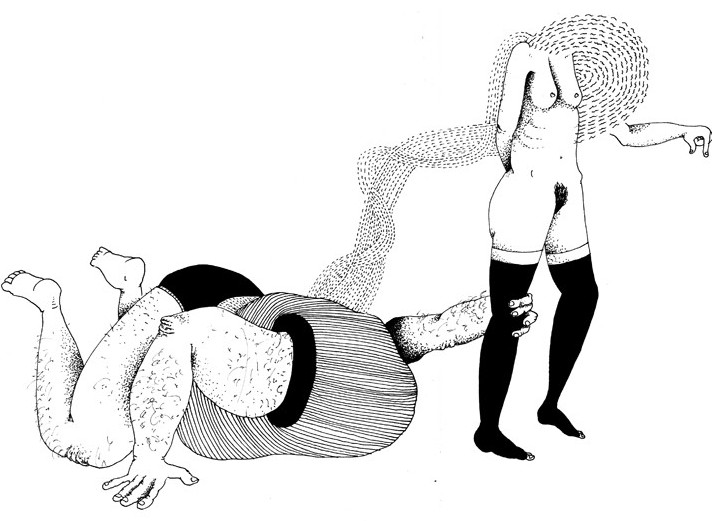In the fall of 1977, two Voyager spacecraft were released into the stars to explore the contents and activities of the cosmos and relay such data back to NASA. Upon those spacecraft, was a golden disc intended to present humankind to any would-be extra-planetary life of notable intelligence.
It was filled with music, earthly sounds, pictures, scientific and biological diagrams, mathematical equations, and greetings in over 50 languages, including one from US President Jimmy Carter.
What Earthly soundscapes and musical compositions did Carl Sagan and his prestigious panel at Columbia University chose to represent all of humanity?
Music:
Bach's Brandenburg Concerto No. 2 in F, "Gavotte en rondeaux," and The Well-Tempered Clavier, Chuck Berry's "Johnny B. Goode," Navajo Indians Night Chant, Mozart's The Magic Flute, Queen of the Night aria, no. 14, Azerbaijan, Louis Armstrong and his Hot Seven's "Melancholy Blues," Beethoven's Fifth Symphony, First Movement, and String Quartet No. 13 in B flat, a Peru wedding song, an India raga,"Dark was the Night" by Blind Willie Johnson, and...see the full list.
The record is actually quite good, except, because it was in its nascence in 1977, one of today's most popular musical forms worldwide, Hip-Hop, was not included. That's not all the Golden Record is missing.
It has nothing about what are now the greatest human inventions: the Personal Computer and the Internet. There are now over 6.4 billion of us as opposed to 4 billion in 1975.2 We have found at least a few other extremely Earth-like planets. We can grow functional human organs in a laboratory.3 Plus, Pluto is not even a planet anymore!
Therefore, I purpose that perhaps its is time to update Mankind's message to deep space with current scientific knowledge, technology, culture, and human developments.
For does the original disc really accurately represent the human species as fully as it should anymore?
Sources:
1 http://voyager.jpl.nasa.gov/spacecraft/goldenrec.html
2 http://en.wikipedia.org/wiki/World_population
3 http://www.popsci.com/popsci/flat/bown/2006/innovator
.jpg)
.jpg)
.jpg)


.jpg)
No comments:
Post a Comment